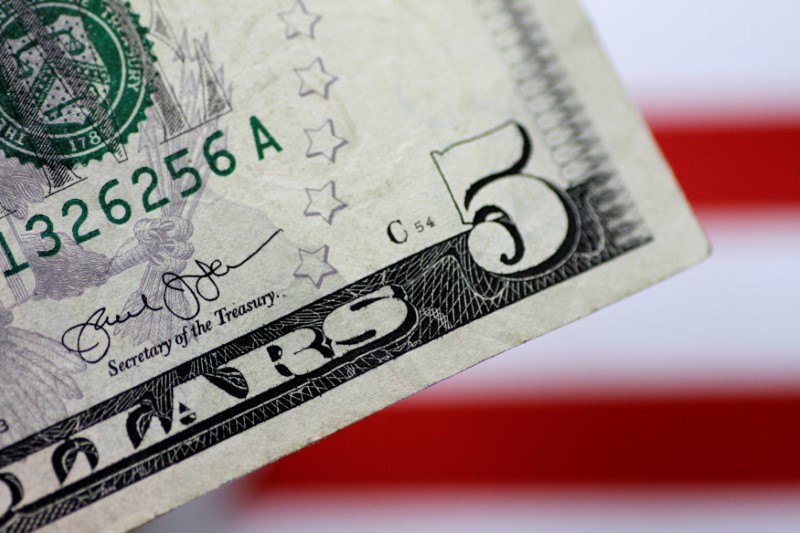* Pound drops as Brexit uncertainty deepens
* Dollar nurses overnight losses, risk appetite cautious
* Norwegian crown hits record low
* Aussie jumps after joblessness rate drops
* Graphic: World FX rates in 2019 http://tmsnrt.rs/2egbfVh
By Tom Westbrook
HONG KONG, Oct 17 (Reuters) - The pound tumbled on Thursday
on deepening uncertainty over Brexit after the party that backs
Prime Minister Boris Johnson's minority government said it could
not support the deal that he and the EU are proposing.
The leadership of Northern Ireland's Democratic Unionist
Party said it did not support proposed solutions to handling
Irish border checks, a major sticking point in negotiations over
the terms of Britain's departure from the bloc. Sterling slid as much as 0.6% against the dollar to $1.2748
GBP=D3 , and shed 0.5% versus the euro to as low as 86.81 pence
EURGBP=D3 , before steadying and recouping some losses.
The pound has surged some 5% since last week as the
negotiations between Britain and the European Union made
progress, hitting a five-month high in volatile trade.
DUP support for Johnson's government is crucial as some
hardline Brexiteers in his Conservative party say they will be
swayed by its stance on the Irish border issue.
"This just feeds in to the uncertainty and volatility of the
Brexit process," said Commonwealth Bank of Australia FX
strategist Richard Grace.
He said he expected further sterling volatility until the
outcome of EU leadership meetings on Thursday and Friday in
Brussels becomes clearer, with a deal capable of pushing the
pound past $1.3500 and failure of sending it below $1.2200.
The dollar, meanwhile, was held down by weak overnight
retail sales figures and gathering doubts about a mooted
Sino-U.S. trade deal.
It drifted lower against the euro EUR= to $1.1072 and was
steady against the Japanese yen JPY= at 108.75. Against a
basket of currencies .DXY it hit a month low of 97.898
overnight and strengthened very slightly on Thursday.
The Norwegian crown weakened to an all-time low of 10.1800
against the euro. Some analysts blame the currency's recent
weakness on global trade jitters, while others said the speed
and magnitude of the drop were hard to explain. In Asian trade, the biggest gainer was the Australian dollar
AUD=D3 , which rose 0.3% to $0.6780 after jobs data showed
buoyant hiring, reducing chances of monetary easing in November.
"This is just what the doctor ordered," said CommSec Chief
Economist Craig James. "There is no reason for the Reserve Bank
to cut rates again in November – giving (it)... more time to
gauge the effectiveness of early rate reductions."
Lingering worries about trade tensions between the United
States and China kept a lid on gains for most trade-exposed
currencies, though.
Negotiators are working on nailing down text for the first
phase of the trade deal for their presidents to sign next month,
but details are scarce. "Even if a deal is signed, it remains uncertain if the
obligations can be fully met on both sides," strategists at
Singapore's DBS Bank said in a note.
The New Zealand dollar NZD=D3 fell marginally to sit at
$0.6287, not far from a four-year low hit two weeks ago.
China's yuan CNY= weakened slightly to 7.0990 per dollar,
while the safe-haven Swiss franc CHF= rose 0.1% to 0.9936 per
dollar.
